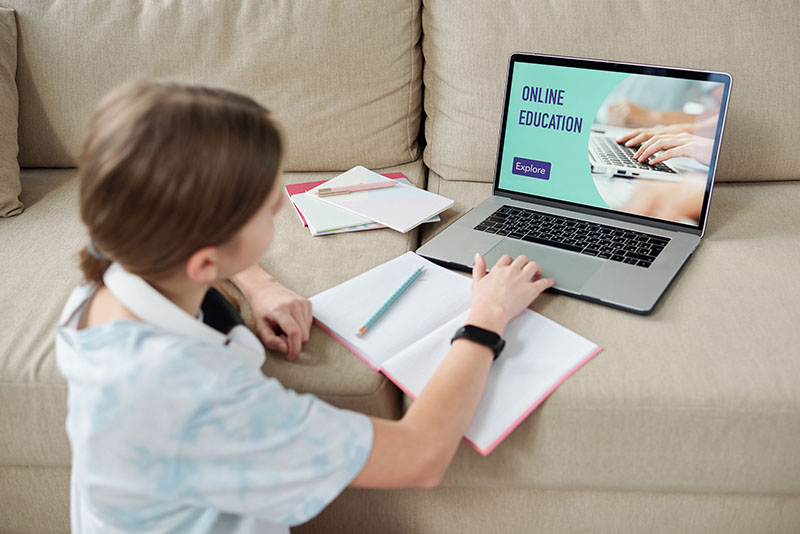Staying home doesn’t have to mean higher bills

The coronavirus crisis means people are spending more time at home. Whether you’re sick, self-isolating, homeschooling your children, and/or working remotely, that extra time spent in your home will add to your energy bills.
Although warmer weather and lighter evenings mean you will use less energy to light and heat your homes, you could still see higher energy bills simply because you are spending more time indoors, especially if working from home.
You need to make sure your house is as energy efficient as possible. You can do as little or as much as you like and can afford – from simply adjusting the thermostat to performing a few DIY projects.
Whether you’ve become ill, are self-isolating or working from home to help stop the spread of coronavirus, here’s how to make your home more energy efficient and cut the cost of your energy bills.
How to save energy on heating
Drop the heating by a degree or two
Just turning the thermostat down by one degree can save you as much as $70 a year. Each degree can increase/decrease energy use by 1-5% or even 3-5% since air conditioner season is coming.
Drop the heat by a few degrees, this will help save money. It also helps cut your heating requirements. If your house is slightly cooler, you’ll either get used to the lower temperature and won’t be as tempted to crank up the heat or you can add a layer of clothing to stay comfortable.
Don’t heat empty rooms
Use the dampers on your ventilation system to turn off the heat flow in any unused rooms. Find the how-to video here.
Exterior Doors
Clean or replace/install sweeps at the base of exterior doors to prevent airflow in and out of your home.
Turn the heating off completely
Warmer days are on the way, which means switching the heat off completely could be an option. Instead of turning to heating, why not just layer up to fight the chill?
How to save energy on lighting
Energy-efficient lighting
Although it costs around $115 to replace all of the standard light bulbs in an average-size house with LED bulbs, the LED bulbs will last longer and cut your lighting energy costs by around 80%-90% a year. Average payback period for an LED light bulb conversion is less than 3 months. After 3 months it’s nothing but savings.
Don’t leave lights on
Make sure all lights are switched off in rooms that are unused, no matter what type of lights you use.
Keep your lights free from dust
When dust gathers on light fixtures and light bulbs, it dims the output and means you might be tempted to use extra lighting. So make sure lights and bulbs are cleaned regularly and lampshades are free from dust.
Make the most of the natural light
Keep curtains open during the daytime to let natural light in and save on heating and lighting costs. Make sure the windows are clean, too.
How to save energy in your home and home office
Service and/or Turn off appliances
Never leave unused electrical appliances on standby when not in use. Turn them off at the wall when not in use can save a household of four up to $90 a year.
Leaky fridge and freezer seals cause cold air seepage. You can clean this seal to ensure there are no particles creating a leak, saving energy and helping to lower utility bills.
Adjust your Hot Water Heater
Set your hot water heater to 120° instead of 140°. It’s an easy way to lower your utility bill by up to 10%.
Use a laptop instead of a desktop computer
Laptops use up to 80% less energy than desktop computers so, if you have the choice, opt for a laptop over a desktop.
In addition, use the sleep and power management features on your laptop or desktop computer and save on your electric bills.
Don’t print
Whenever possible, read documents on your computer instead of printing them. This saves energy that would otherwise be used to power your printer, and also saves paper.
Don’t work long hours
It’s easy to put in longer hours when working from home because it often blurs the lines between work and home – and these extra hours all add to your electricity bill.
So try to make sure you switch off in the evening, both for your state of mind and the state of your energy bills.
For more energy saving tips, check out www.oppd.com/ee.









